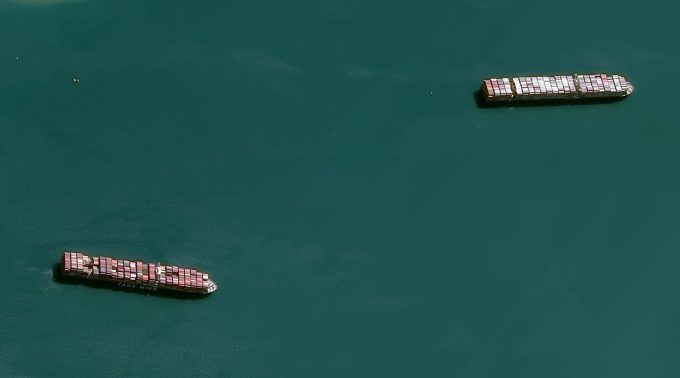MSC revamps east-west network as alliance strategies on blanking vary
As container lines try to manage capacity in the face of wild swings in short-term ...

Carriers appear to have given up hope that the threat to vessels transiting the Red Sea will end any time soon, and are starting to re-route back northbound through the Suez Canal, to cross the Mediterranean and around the Cape of Good Hope, ...

Comment on this article